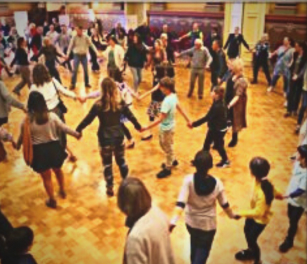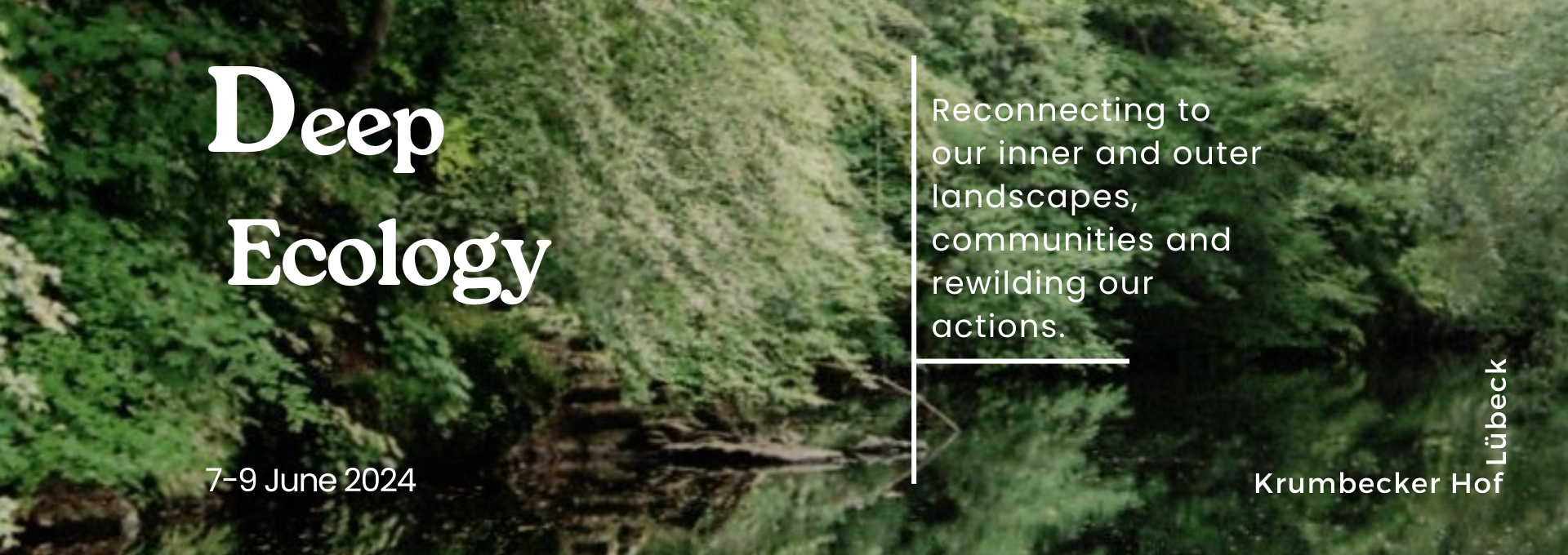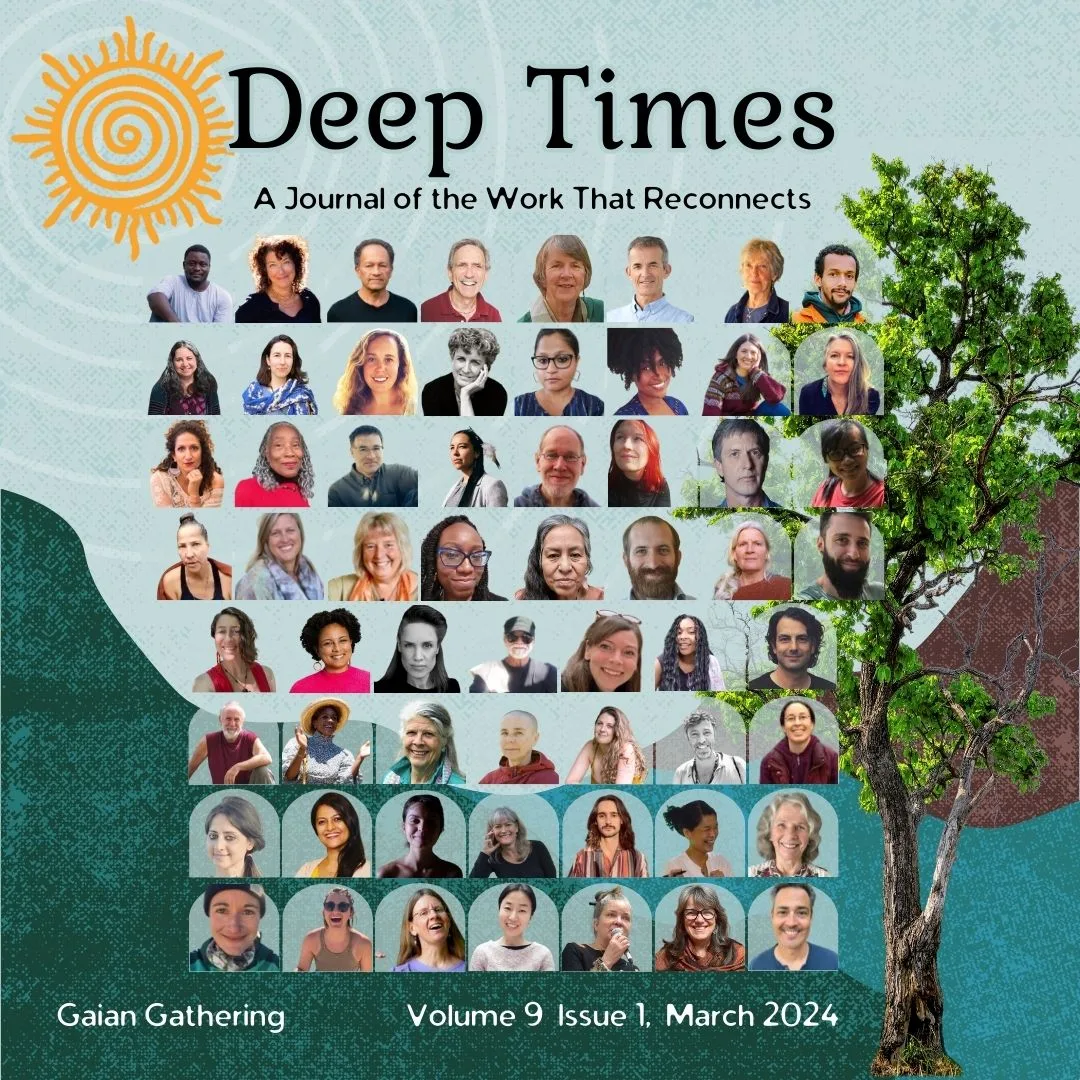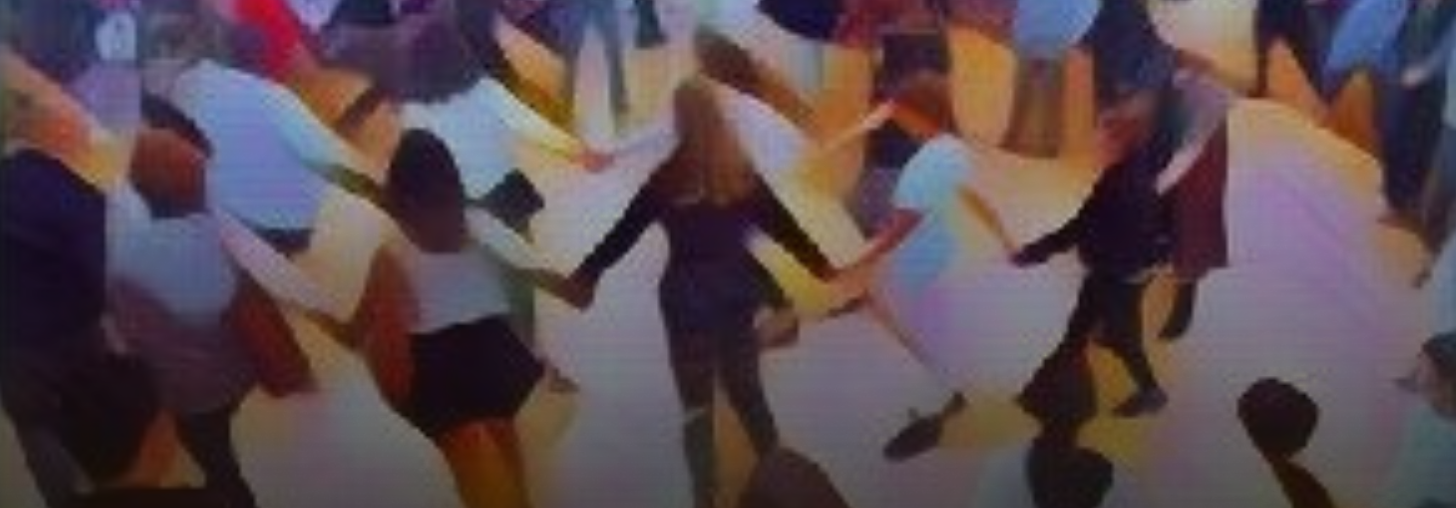- Practices
- Seeing with New/Ancient Eyes
- Emerging Facilitators
- Facilitators

Dance to Dismember the Ego
from chapter 8 of Coming Back to Life by Joanna Macy and Molly Brown; second edition, published 2014. Please acknowledge the source when you use any of these practices.
Time: 60 minutes or more
This fanciful process derives from a Tibetan lama dance. For three days every spring, the monks of Tashi Jong, a refugee community in northwest India, honor their ancient Buddhist tradition with majestic, masked rituals. One of the high points for Joanna, a long-time friend of Tashi Jong, is the Dance to Dismember the Ego. In the center of the dancing ground lies a small clay doll, enclosed in an open, three-sided box. The three sides symbolize the three fetters that hold the ego together: craving, hatred, and delusion. The costumed monks, moving and leaping about it with their ritual implements, embody the innate powers of mind, which can free us from the grip of self-centeredness. At the climactic close, the doll is “eaten” by the dancers, who pull it apart, lift it to their mouths, scatter it to the winds.
Back in the States, a group of a dozen Buddhist and Quaker friends, to whom Joanna described the dance, wanted to try it themselves. Not only that, they each wanted to make their own ego doll. They wished to enact in material form what they knew in principle: that the self-centeredness that creates our suffering is not substantially and permanently real. We need to see it clearly, recognize it for what it is, along with the fears and ignorance that create it, before it can begin to dissolve.
From that first impromptu enactment at Temenos retreat center in Massachusetts arose the version of the dance Joanna has taken into the Work That Reconnects. This process aims to free us from some of the attachments to self-image that inhibit our joy in life and our effectiveness in action. Although totally serious in intent, it does not employ weighty moral judgments, but lightheartedness, and helps us learn that we can’t free ourselves from anything without accepting and appreciating it first.
Method
Acknowledging the original Tibetan dance that gave rise to this process, let everyone create their “ego doll” either with colors on paper or hunks of clay. A degree of self-centeredness is present in us all. What form does yours want to take? How in this moment does your particular pride or self-image wish to display itself? Everyone is encouraged to work in silence and watch what happens. They may see emerging before their eyes aspects of the persona they have constructed over the years. To behold this now, objectified and exaggerated, can bring a sense of relief.
After ten to twenty minutes, participants gather in a circle with their work. Now comes the dance itself, or more precisely, a celebrative “show and tell.” One at a time, spontaneously, each person stands and parades around the circle displaying their ego doll for the admiration of all the others. As they do, they present and extol its qualities and the group responds with extravagant praise. This adulation is important because egos love to be admired. Then each ego is placed solemnly in the very center of the circle.
“Ta-daa! Presenting in its first-ever public appearance, the incomparable, one and only…smartass ego of mine; many hands and mouths to hide the hollow heart.”
“Feast your eyes on this sensitive soul, bent over by the woes of the world and afraid of getting her hands dirty.”
“This brilliant know-it-all likes to sit real cool on the sidelines and pass judgments.”
When all the little clay sculptures are amassed in the center, the group rises to walk ceremoniously and affectionately around them, perhaps chanting a ritual farewell. Groups familiar with Buddhism have used the ancient mantra from the Heart Sutra, “Gaté gaté, paragaté parasam gaté; bodhi swaha!” (“Gone, gone, gone beyond, completely gone beyond, far out!”) We say good-bye, or at least begin to prepare to say good-bye, to these mental fabrications that have outlived their usefulness.
The ritual may end there, or the dolls can be broken apart, or cast into a fire, or into a body of water to dissolve, accompanied by shouts of support and jubilation. If this kind of dramatic ending is used, the guide should suggest that people relinquish their ego doll only if they feel ready. If they wish to, people can hold onto their ego dolls a while longer.









